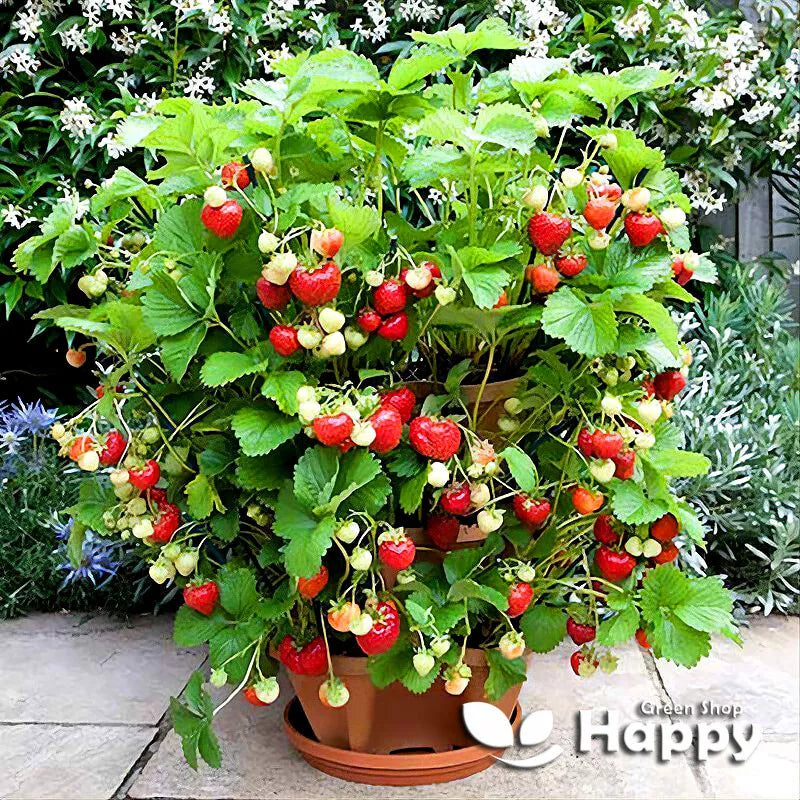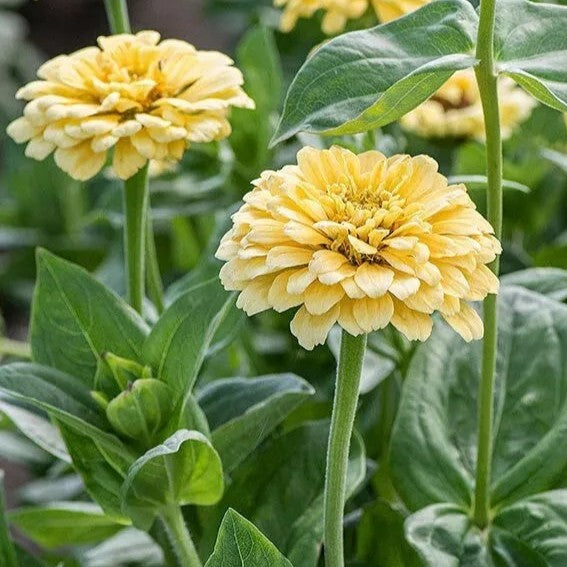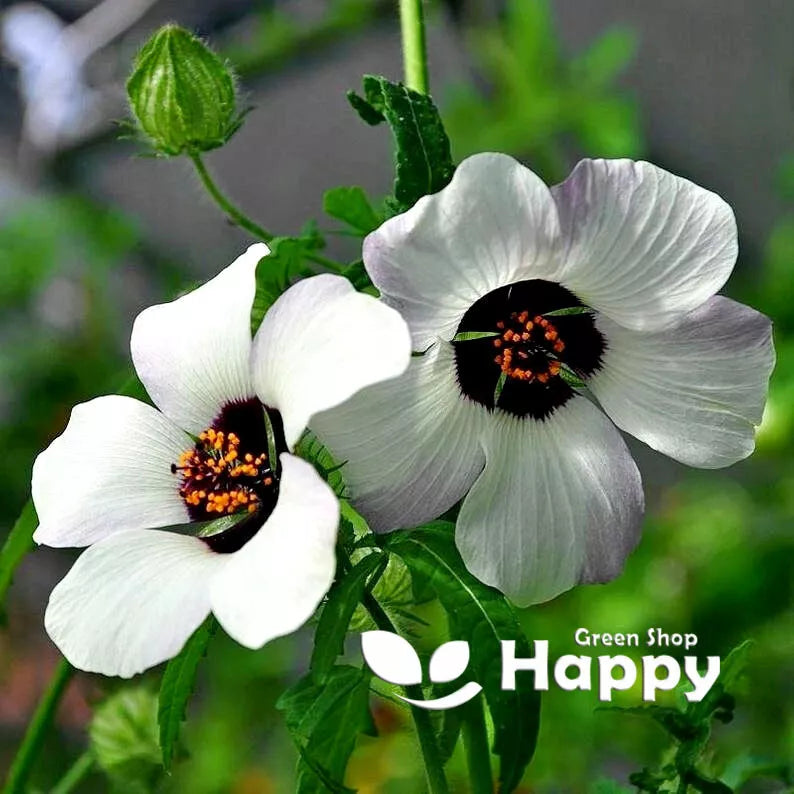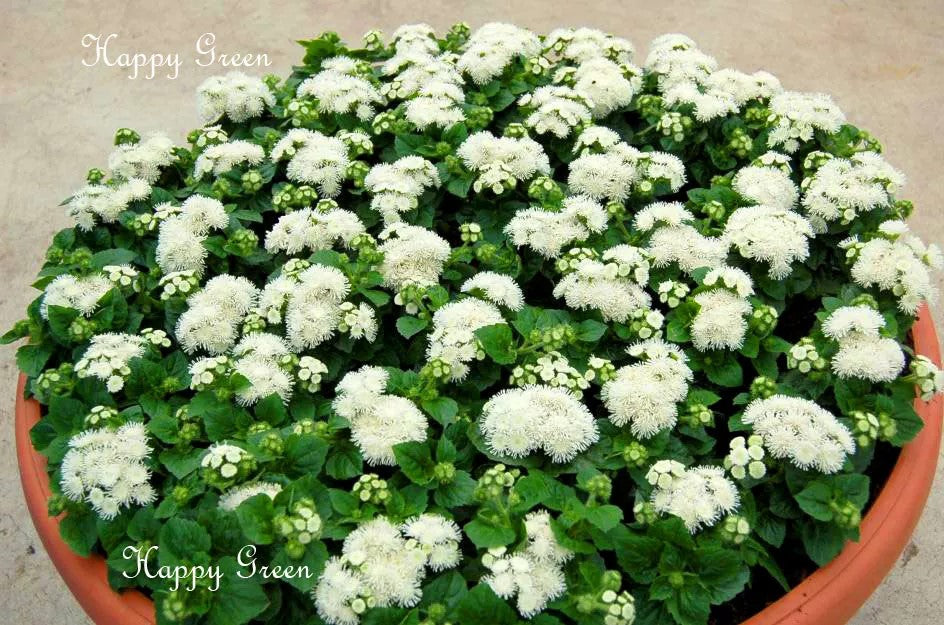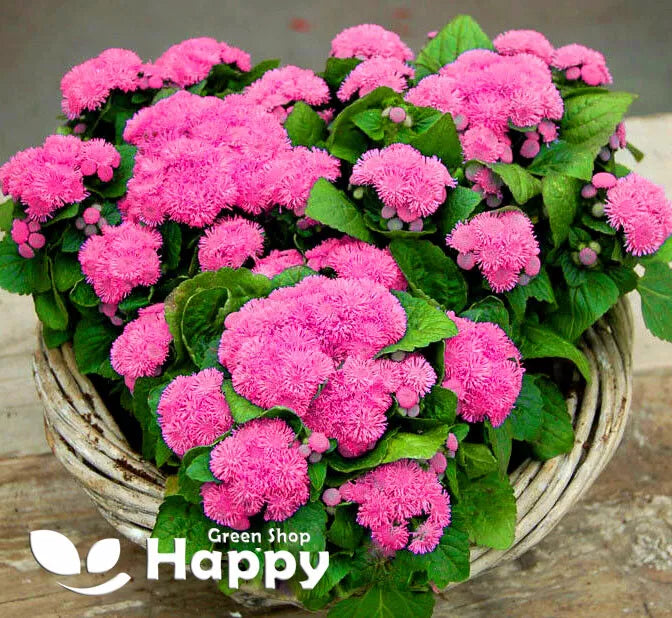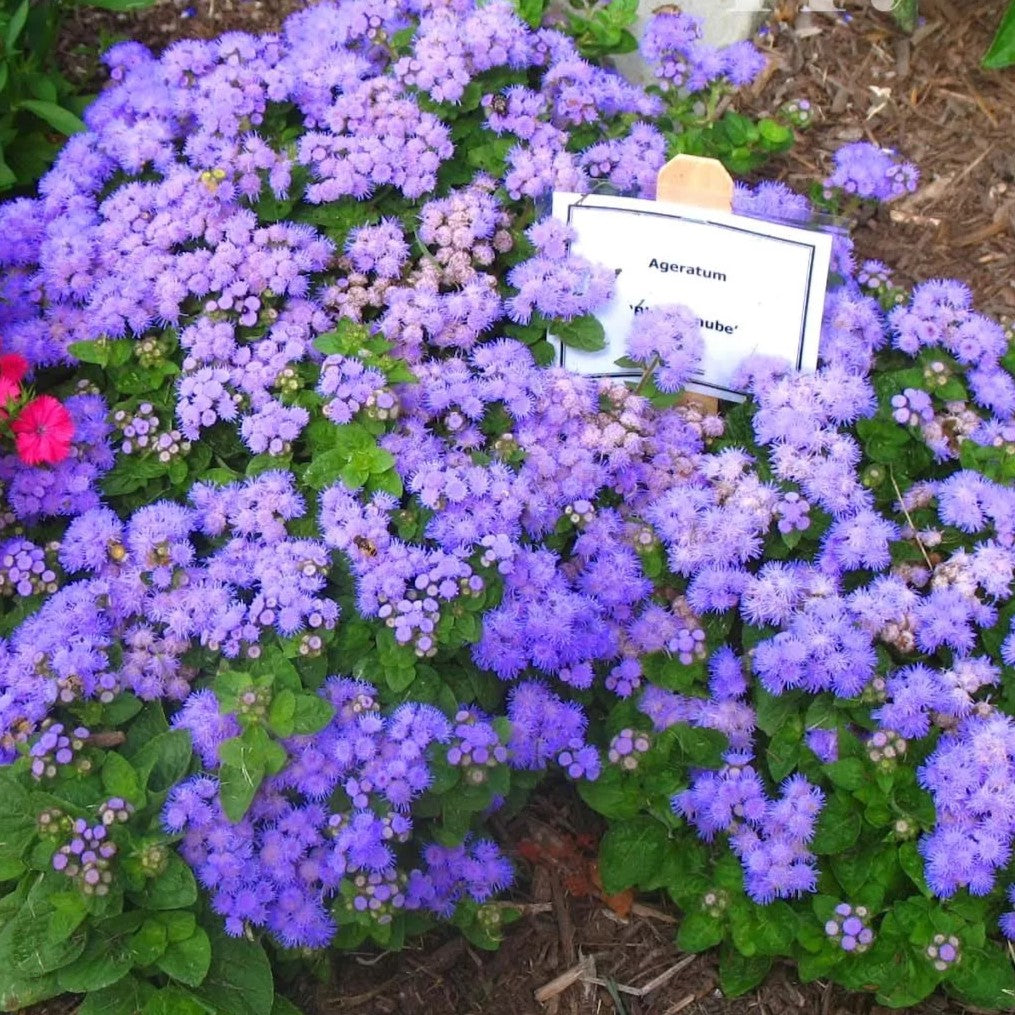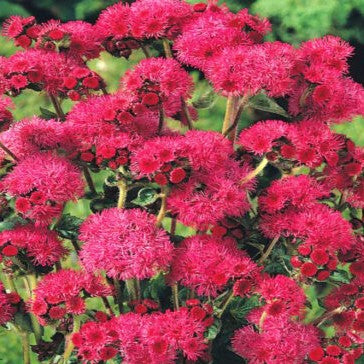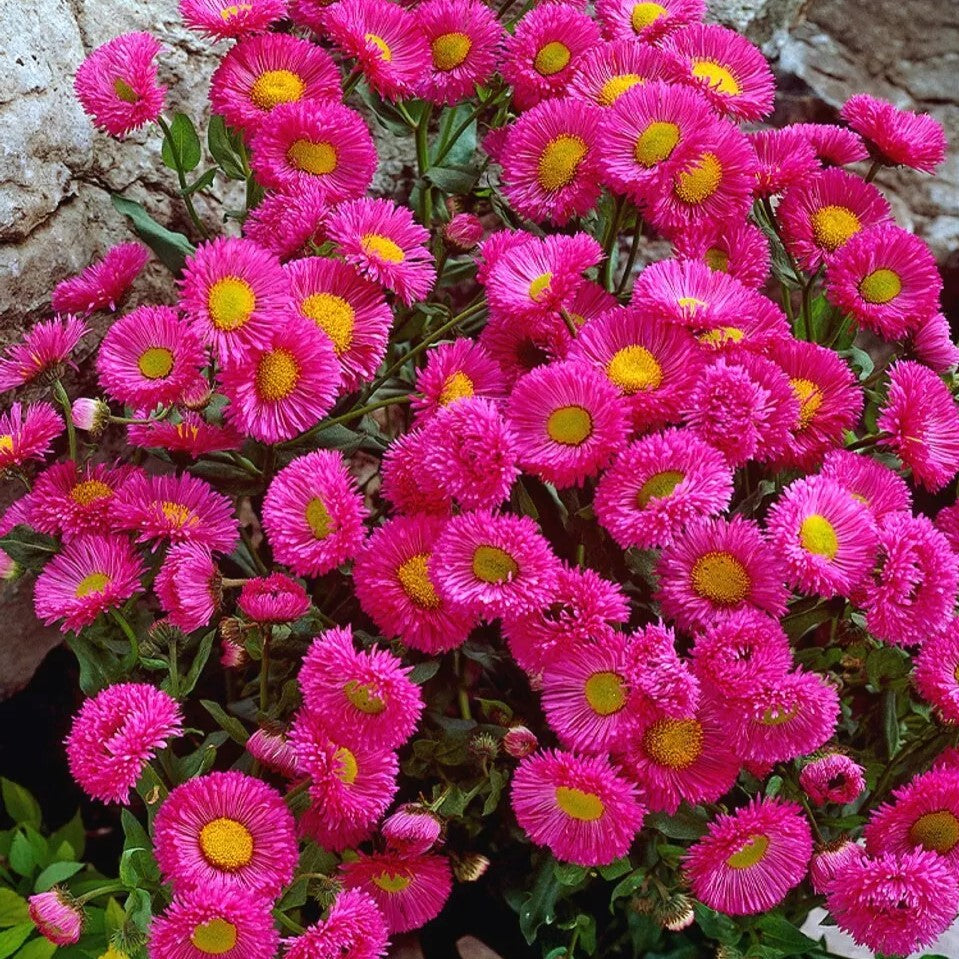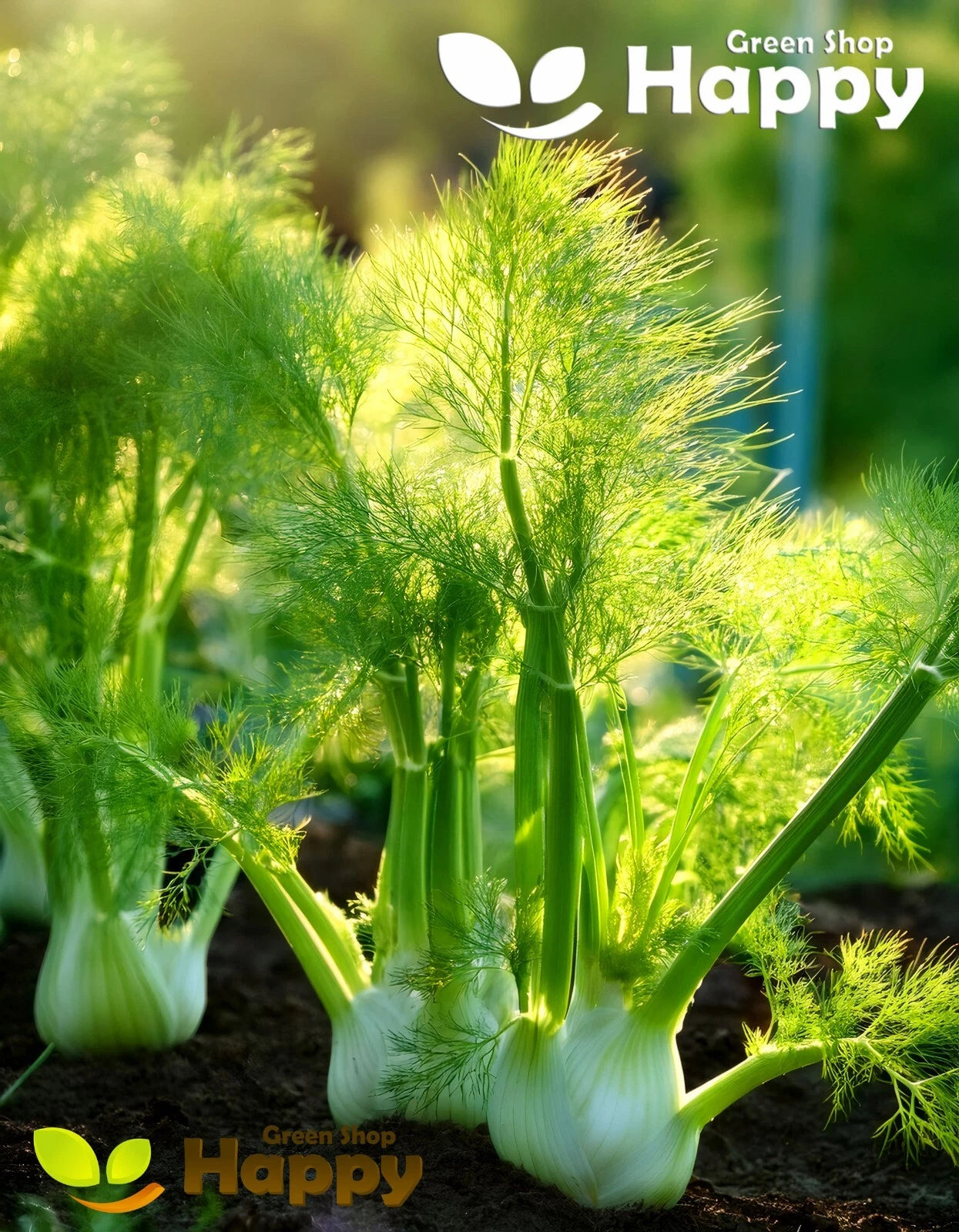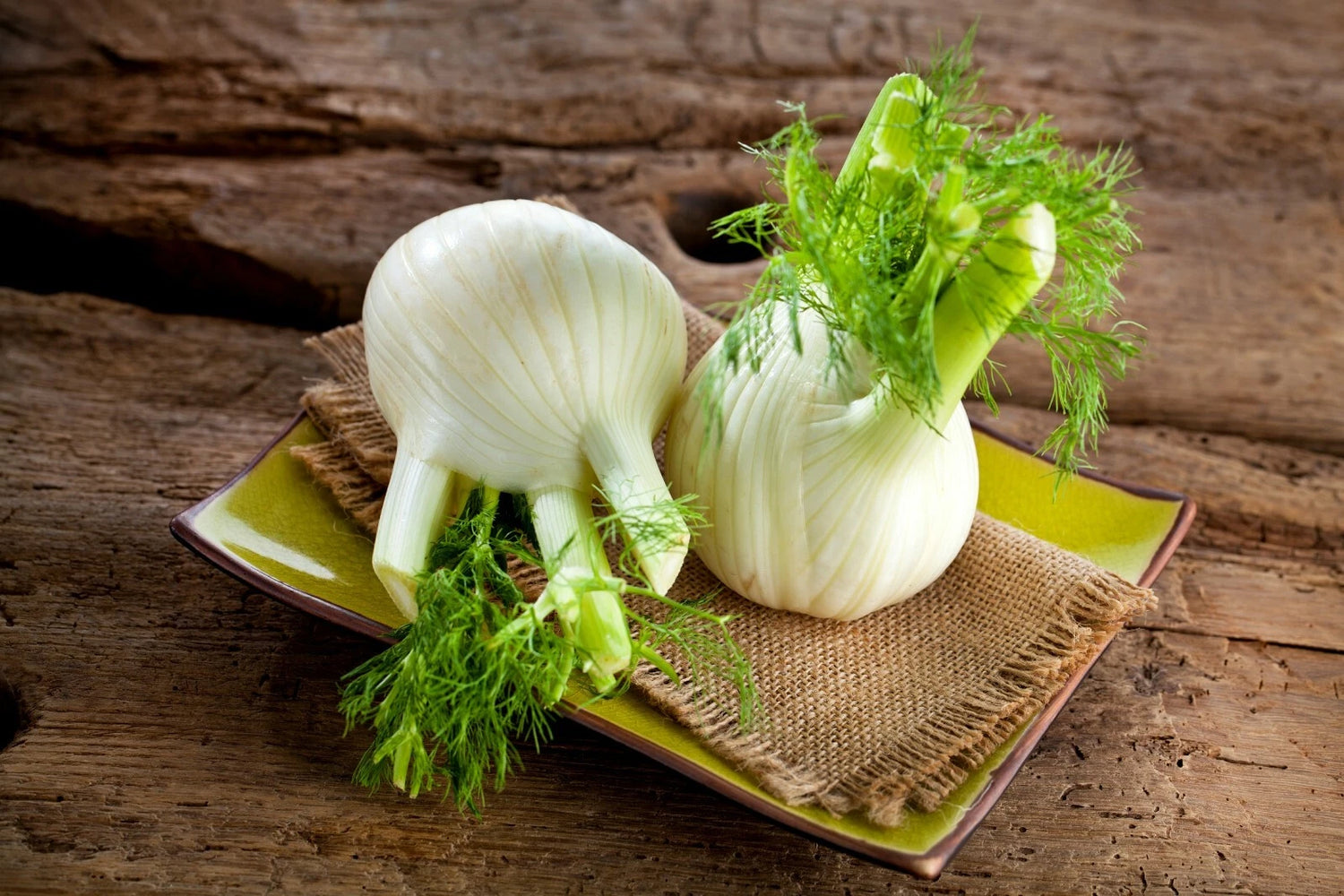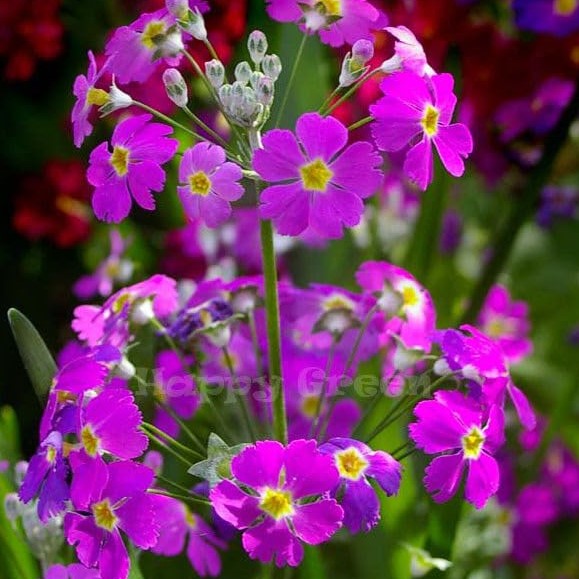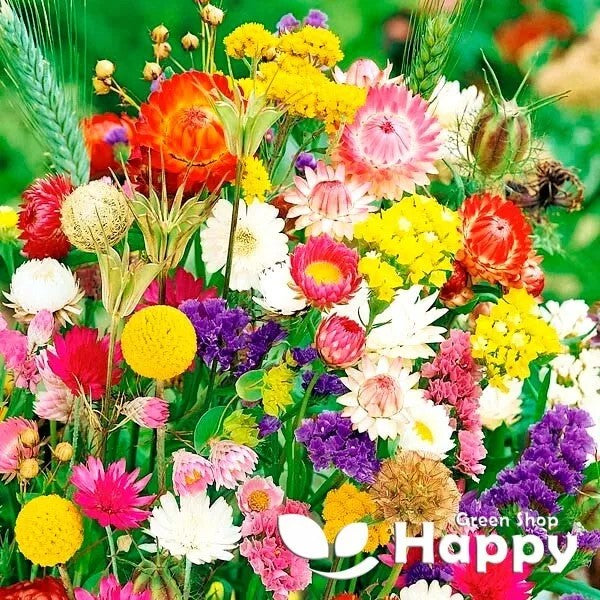Sort by:
287 products
287 products
Flower-of-an-Hour – Seeds (Hibiscus trionum)
Flower-of-an-Hour (Hibiscus trionum) is an eye-catching annual known for its delicate, pale yellow flowers with deep maroon centers that open in the morning and fade by evening. Blooming from summer to early autumn, this compact plant adds charm to borders, containers, and cottage-style gardens. Easy to grow and drought-tolerant once established, it attracts pollinators while providing fleeting, yet memorable, blooms that brighten any garden.
Why Grow "Flower-of-an-Hour"
-
Pale yellow flowers with striking maroon centers
-
Blooms open in the morning and fade by evening
-
Compact, drought-tolerant, and easy-to-grow
-
Attracts bees, butterflies, and other pollinators
Key Features
-
Type: Annual (Hibiscus trionum)
-
Height: 30–50 cm
-
Flowering: Summer to early autumn
-
Position: Full sun
-
Uses: Borders, containers, cottage gardens, pollinator-friendly gardens
Ideal For
-
Cottage-style and naturalistic gardens
-
Borders, containers, and small spaces
-
Pollinator-friendly garden designs
-
Gardens with morning bloom interest
Sowing & Growing
-
Sow indoors: February–April in trays or pots
-
Sow outdoors: April–May after frost
-
Germination: 7–14 days at 18–22°C
-
Thin seedlings 25–30 cm apart
-
Prefers well-drained soil in full sun
Floss Flower Dwarf White Seeds (Ageratum houstonianum)
The Floss Flower Dwarf White is a compact, easy-to-grow annual that produces clusters of fluffy, snow-white blooms throughout summer. Its neat, bushy growth and long-lasting flowers make it a favorite for borders, edging, and containers. The soft, cushion-like flowers also attract butterflies, adding movement and life to your garden.
What Makes It Special
-
Unique fluffy white blooms for a soft garden effect
-
Compact dwarf habit, ideal for edging and bedding
-
Long flowering season, from summer into autumn
-
Attracts pollinators such as butterflies
Key Features
-
Botanical name: Ageratum houstonianum
-
Common name: Floss Flower, Dwarf White
-
Seed count: Approx. seeds per pack
-
Height/Spread: 15–25 cm tall, 20–25 cm spread
-
Position: Full sun or partial shade; fertile, well-drained soil
-
Flowering period: June–October
Ideal For
-
Bedding and edging
-
Patio containers and window boxes
-
Pollinator-friendly gardens
-
Mass planting for carpets of white
Sowing Instructions
-
When to sow: February–April indoors
-
How to sow:
-
Sow on the surface of moist seed compost; do not cover, as light aids germination
-
Maintain 18–22°C; germination takes 7–14 days
-
-
Transplanting: Prick out seedlings and grow on in small pots, harden off before planting outdoors after frost
-
Spacing: Plant 15–20 cm apart
-
Care: Remove faded flowers to encourage continuous blooming
Floss Flower Dwarf Pink Seeds (Ageratum mexicanum)
The Floss Flower Dwarf Pink is a charming, compact annual that produces clusters of soft, fluffy pink blooms from summer through autumn. Its neat, mound-forming habit and long-lasting flowers make it perfect for borders, edging, containers, and pollinator-friendly gardens. A reliable and easy-to-grow plant that adds both color and texture to garden displays.
What Makes It Special
-
Unique fluffy pink flowers for a delicate garden touch
-
Compact dwarf variety, perfect for edging and bedding
-
Continuous flowering throughout summer into fall
-
Attracts butterflies and other pollinators
Key Features
-
Botanical name: Ageratum mexicanum
-
Common name: Floss Flower Dwarf Pink
-
Seed count: Approx. seeds per pack
-
Height/Spread: 15–25 cm tall, 20–25 cm spread
-
Position: Full sun or partial shade; well-drained, fertile soil
-
Flowering period: June–October
Ideal For
-
Bedding and edging
-
Containers and patio pots
-
Pollinator-friendly gardens
-
Mixed color flower beds
Sowing Instructions
-
When to sow: February–April indoors
-
How to sow:
-
Sow thinly on the surface of moist compost; do not cover, as light aids germination
-
Maintain 18–22°C; germination usually in 7–14 days
-
-
Transplanting: Prick out seedlings, grow on in small pots, then harden off before planting outdoors after frost
-
Spacing: Plant 15–20 cm apart
-
Care: Deadhead regularly to encourage continuous blooms
Floss Flower ‘Blue Mink’ Seeds (Ageratum houstonianum)
The Floss Flower ‘Blue Mink’ is a compact, long-flowering annual that produces unique clusters of soft, fluffy sky-blue flowers from summer to autumn. Known for its neat, bushy habit and striking color, it’s perfect for bedding, borders, edging, and container planting. Its powder-blue shades blend beautifully with pinks, whites, and yellows, making it a versatile addition to any garden.
What Makes It Special
-
Distinctive fluffy blue blooms rarely found in annuals
-
Compact, uniform growth ideal for low borders
-
Long flowering season – continuous display until frost
-
Attracts bees and butterflies
Key Features
-
Botanical name: Ageratum houstonianum
-
Variety: Blue Mink
-
Seed count: Approx. seeds per pack
-
Height/Spread: 20–30 cm tall, 20–25 cm spread
-
Position: Full sun or partial shade; moist, well-drained soil
-
Flowering period: June–October
Ideal For
-
Bedding and edging
-
Container and patio displays
-
Cottage gardens
-
Pollinator-friendly planting
Sowing Instructions
-
When to sow: February–April indoors
-
How to sow:
-
Sow thinly on the surface of moist compost; do not cover, as light aids germination
-
Maintain 18–22°C; germination usually takes 7–14 days
-
-
Transplanting: Prick out seedlings when large enough, grow on in small pots, then harden off before planting outdoors after the last frost
-
Spacing: Plant 20 cm apart
-
Care: Deadhead to extend the flowering season
Floss Flower ‘Red Flint’ Tall Seeds (Ageratum mexicanum)
The Floss Flower ‘Red Flint’ is a striking tall-growing variety of Ageratum mexicanum, producing masses of unique, soft, fluffy red-rose flower clusters. Unlike the traditional blue forms, this bold variety adds a vibrant splash of color and stands taller, making it ideal for borders, cutting gardens, and background planting. Flowering over a long season, it is a magnet for pollinators while adding a distinctive texture to the garden.
What Makes It Special
-
Rare red-toned fluffy flowers – a unique twist on the classic Ageratum
-
Taller habit for cut flowers and garden impact
-
Continuous flowering from summer until frost
-
Loved by butterflies and bees
Key Features
-
Botanical name: Ageratum mexicanum
-
Variety: Red Flint (Tall)
-
Seed count: Approx. seeds per pack
-
Height/Spread: 45–60 cm tall, 25–30 cm spread
-
Position: Full sun; well-drained fertile soil
-
Flowering period: June–October
Ideal For
-
Mid- to back-border planting
-
Cottage and cut-flower gardens
-
Adding height and contrast in beds
-
Pollinator-friendly planting schemes
Sowing Instructions
-
When to sow: February–April indoors
-
How to sow:
-
Sow seeds on the surface of moist compost; do not cover, as light aids germination
-
Keep at 18–22°C; germination takes 7–14 days
-
-
Transplanting: Prick out seedlings into pots when large enough. Harden off before planting outdoors after the last frost
-
Spacing: 25–30 cm apart
-
Care: Regular deadheading encourages more blooms and prolongs flowering
Fleabane Daisy ‘Pink Jewel’ – Seeds (Erigeron speciosus)
Fleabane Daisy ‘Pink Jewel’ (Erigeron speciosus) is a hardy perennial producing masses of cheerful daisy-like blooms in shades of rosy-pink with golden centers. Flowering from early summer into autumn, this variety brings long-lasting color and a natural charm to borders, cottage gardens, and wildlife areas. Easy to grow and drought-tolerant once established, it is a reliable choice for low-maintenance gardens. Its nectar-rich flowers are highly attractive to bees, butterflies, and other pollinators.
Why Grow "Pink Jewel"
-
Masses of rosy-pink daisy-like flowers with golden centers
-
Long flowering season from summer to autumn
-
Hardy, drought-tolerant, and low-maintenance
-
Attracts bees, butterflies, and pollinators
Key Features
-
Type: Perennial (Erigeron speciosus)
-
Height: 40–60 cm
-
Flowering: Early summer to autumn
-
Position: Full sun or partial shade
-
Uses: Borders, cottage gardens, wildlife gardens, cut flowers
Ideal For
-
Adding pink color to borders and beds
-
Naturalistic and cottage-style planting
-
Wildlife-friendly and pollinator gardens
-
Low-maintenance perennial displays
Sowing & Growing
-
Sow indoors: February–April in trays or pots
-
Germination: 14–21 days at 18–22°C
-
Transplant outdoors after frost danger has passed
-
Space seedlings: 30 cm apart
-
Prefers well-drained soil in full sun or light shade
Fennel Bulb 'Florence' – Seeds (Foeniculum vulgare)
Fennel Bulb 'Florence' is a versatile and flavorful vegetable producing crisp, swollen white bulbs with tender, aromatic fronds. Known for its sweet, anise-like flavor, it’s perfect for roasting, grilling, salads, and soups. Easy to grow, this variety thrives in sunny, well-drained gardens and makes a striking addition to both kitchen and ornamental beds.
How to Grow
-
Sow seeds indoors from February to April or directly outdoors from March to June.
-
Plant 0.5–1 cm deep in fertile, well-drained soil.
-
Thin seedlings to 30–40 cm apart to allow bulb development.
-
Prefers full sun and consistent moisture.
-
Harvest bulbs when swollen and firm, before they become woody.
Key Features
-
Produces crisp, swollen white bulbs with aromatic fronds
-
Sweet, anise-like flavor ideal for cooking
-
Thrives in sunny, well-drained soil
-
Suitable for salads, roasting, grilling, and soups
-
Attractive addition to vegetable and kitchen gardens
Ideal For
-
Culinary use in fresh salads, soups, and roasting
-
Home gardens and raised beds
-
Gardeners seeking versatile, flavorful vegetables
Sowing & Harvest
-
Sow: February to June
-
Depth: 0.5–1 cm
-
Spacing: 30–40 cm
-
Harvest: June to September
Quick Tip
-
For best flavor, harvest bulbs before they get too large and the texture becomes tough.
Fairy Primrose Mix – 200 Seeds (Primula malacoides)
Fairy Primrose Mix (Primula malacoides) produces a cheerful display of delicate, pastel-colored flowers in shades of pink, lilac, and white. Compact and low-growing, it’s perfect for borders, containers, or indoor pot displays. Hardy in cooler climates, it blooms in late winter to early spring, attracting pollinators and brightening gardens with soft, long-lasting color.
Why Grow "Fairy Primrose Mix"
-
Delicate, pastel blooms in pink, lilac, and white
-
Compact and low-growing habit
-
Long-lasting flowers in late winter to early spring
-
Attracts bees and other pollinators
Key Features
-
Type: Hardy annual (Primula malacoides)
-
Height: 15–20 cm
-
Flowering: February–April
-
Position: Partial shade to bright indirect light
-
Uses: Borders, containers, indoor pots, early spring displays
Ideal For
-
Indoor or outdoor container planting
-
Early spring garden color
-
Pollinator-friendly gardens
-
Borders, rockeries, and small beds
Sowing & Growing
-
Sow indoors: December–February in seed trays
-
Germination: 14–21 days at 18–20°C
-
Transplant seedlings into pots or borders when large enough
-
Keep soil moist and avoid direct harsh sunlight
-
Deadhead to encourage continuous flowering
Everlasting Flower Mix Seeds – Perfect for Dried Bouquets
Create beautiful, long-lasting arrangements with this Everlasting Flower Mix, specially selected for their vivid colors and excellent drying qualities. These annuals produce a stunning blend of blooms ideal for fresh borders in summer and for drying into bouquets, wreaths, and crafts that hold their color all year.
What Makes It Special
-
A colorful mix of traditional dried flowers
-
Perfect for bouquets, wreaths, and crafts
-
Easy to grow, long-lasting blooms
Key Features
-
Type: Hardy annual mix
-
Height: 40–80 cm (varied by species)
-
Flowering: June–September
-
Uses: Fresh borders, dried arrangements, cut flowers
Sowing & Growing
-
Sow indoors: March–April
-
Sow outdoors: April–May, after frost danger passes
-
Prefers full sun and well-drained soil
-
Cut flowers just before fully open for best drying results
Drying Tip
Hang bunches upside down in a dark, dry, well-ventilated area to preserve color and shape.
Showing 198/287


